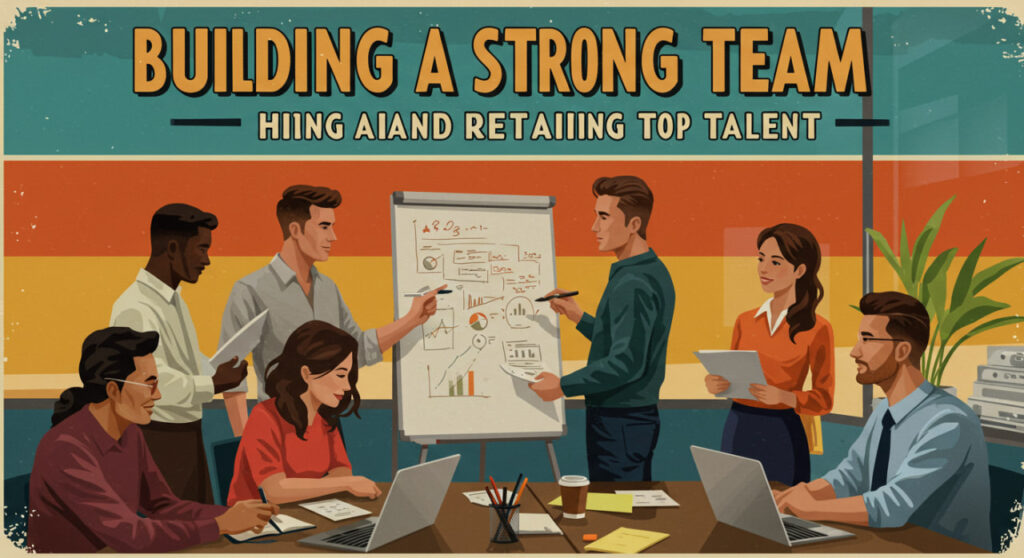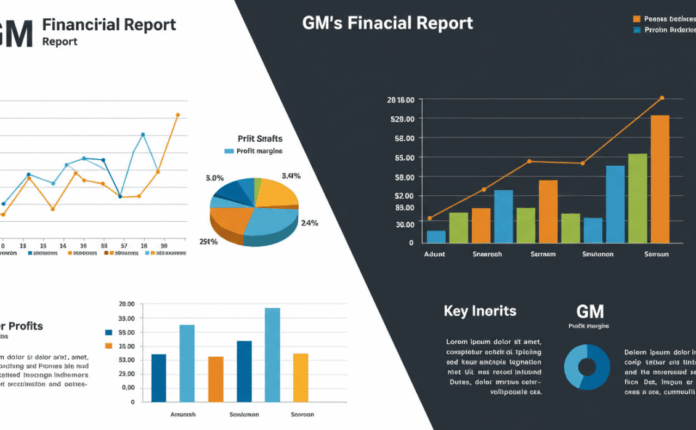In today’s fast-paced business landscape, a company’s success hinges on its people. Building a strong team isn’t just about filling seats—it’s about finding, nurturing, and retaining top talent who align with your organization’s vision and values. Whether you’re a startup founder or a seasoned manager, mastering the art of hiring and retention can set your business apart. This article dives into proven strategies for attracting exceptional candidates, fostering a thriving workplace culture, and keeping your best employees engaged for the long haul.
Why a Strong Team Matters
A cohesive, talented team is the backbone of any successful organization. Top performers drive innovation, solve complex problems, and deliver results that propel businesses forward. According to a 2023 Gallup study, companies with highly engaged teams see 23% higher profitability and 66% lower turnover rates. Beyond the numbers, a strong team fosters collaboration, boosts morale, and creates a workplace where creativity thrives. However, building such a team requires intentional effort, starting with a strategic hiring process.
Hiring the Right Talent
Define Your Ideal Candidate
Before posting a job listing, clarity is key. What skills, values, and cultural fit are you seeking? A detailed job description not only attracts qualified candidates but also sets expectations. For example, if you’re hiring a software developer, specify whether you need expertise in Python, JavaScript, or cloud platforms like AWS. Equally important is outlining soft skills—such as adaptability or teamwork—that align with your company’s culture. A clear candidate profile helps filter out mismatches early, saving time and resources.

Craft a Compelling Job Listing
Your job listing is your first impression. Make it count. Use engaging language that reflects your company’s personality while clearly outlining responsibilities and benefits. Highlight unique perks, like flexible work hours or professional development opportunities, to stand out in a competitive market. For instance, a 2024 LinkedIn report found that 68% of candidates prioritize companies offering learning and growth opportunities. Avoid generic buzzwords like “rockstar” or “ninja”—instead, focus on what makes your role and company unique.
Leverage Multiple Recruitment Channels
To find top talent, cast a wide net. Post on job boards like LinkedIn, Indeed, and Glassdoor, but don’t stop there. Tap into niche platforms like Stack Overflow for tech roles or Behance for creative positions. Employee referrals are another goldmine—referred candidates are 55% faster to hire and tend to stay longer, per a 2022 SHRM study. Networking events, industry conferences, and even social media platforms like X can uncover hidden gems. The key is to diversify your approach to reach a broader talent pool.
Streamline the Interview Process
A clunky interview process can scare off great candidates. Aim for a balance of thoroughness and efficiency. Use structured interviews with consistent questions to fairly evaluate skills, and incorporate practical assessments—like coding tests or case studies—to gauge real-world ability. Behavioral questions, such as “Tell me about a time you resolved a team conflict,” reveal how candidates handle challenges. Keep candidates informed and engaged throughout the process to maintain a positive experience, even for those not selected.
Retaining Top Talent
Foster a Positive Workplace Culture
Once you’ve hired great people, retention becomes the focus. A positive workplace culture is the glue that keeps teams together. Encourage open communication, recognize achievements, and promote work-life balance. For example, companies like Google and Salesforce invest heavily in employee wellness programs, from mental health resources to team-building retreats. A 2024 Deloitte survey found that 76% of employees stay longer at companies that prioritize inclusivity and belonging. Small gestures, like regular check-ins or public shout-outs, can make a big difference.
Offer Growth Opportunities
Top talent craves growth. Without it, they’ll look elsewhere. Provide clear career paths, whether through promotions, lateral moves, or skill development. Offer training programs, mentorship, or access to online platforms like Coursera or Udemy. For tech teams, encourage experimentation with new tools or frameworks. A 2023 McKinsey report noted that 41% of employees leave due to limited advancement opportunities. By investing in your team’s growth, you signal that their future matters.
Provide Competitive Compensation
While money isn’t everything, it’s a critical factor. Regularly benchmark salaries against industry standards to ensure competitiveness. Beyond base pay, consider bonuses, equity, or benefits like health insurance and retirement plans. Flexible work arrangements, such as remote or hybrid options, also add value. A 2024 Glassdoor study showed that 63% of employees value flexibility as much as salary. Tailor your compensation package to meet both financial and lifestyle needs.
Build Trust Through Transparency
Trust is the foundation of retention. Be transparent about company goals, challenges, and performance expectations. Regular town halls, one-on-one meetings, and anonymous feedback surveys create a culture of openness. When employees feel heard and valued, they’re more likely to stay. For example, Buffer, a fully remote company, shares salary details and financial updates publicly, fostering trust and loyalty among its team.
Common Challenges and How to Overcome Them
Hiring and retaining talent isn’t without hurdles. High competition for skilled professionals, especially in tech, can make recruitment tough. To counter this, emphasize your company’s unique value proposition—whether it’s a mission-driven culture or cutting-edge projects. Retention challenges, like burnout, can be mitigated by monitoring workloads and encouraging time off. Finally, avoid micromanagement, which a 2023 Harvard Business Review study cited as a top reason for employee turnover. Empower your team with autonomy and trust their expertise.
Conclusion
Building a strong team is both an art and a science. By hiring strategically and prioritizing retention, you create a workforce that’s not only skilled but also deeply invested in your company’s success. From crafting compelling job listings to fostering a culture of growth and trust, every step counts. In a world where talent drives progress, investing in your team is an investment in your future.
FAQ
What’s the most important factor in hiring top talent?
While skills matter, cultural fit and alignment with company values are equally critical. A candidate who shares your vision and thrives in your environment is more likely to contribute long-term.
How can small businesses compete with larger companies for talent?
Small businesses can stand out by offering personalized growth opportunities, flexible work arrangements, and a strong sense of purpose. Highlighting a tight-knit, impactful culture can attract candidates who value meaningful work.
How often should I check in with employees to improve retention?
Regular check-ins—weekly or biweekly—help build rapport and address concerns early. Pair these with quarterly performance reviews to discuss goals and growth.
What’s a cost-effective way to offer professional development?
Online learning platforms like Coursera, Udemy, or LinkedIn Learning are affordable options. You can also encourage peer-to-peer knowledge sharing or sponsor industry certifications.
How do I measure the success of my retention strategies?
Track metrics like employee turnover rate, engagement survey scores, and average tenure. Qualitative feedback, like exit interviews or anonymous surveys, also provides valuable insights.



